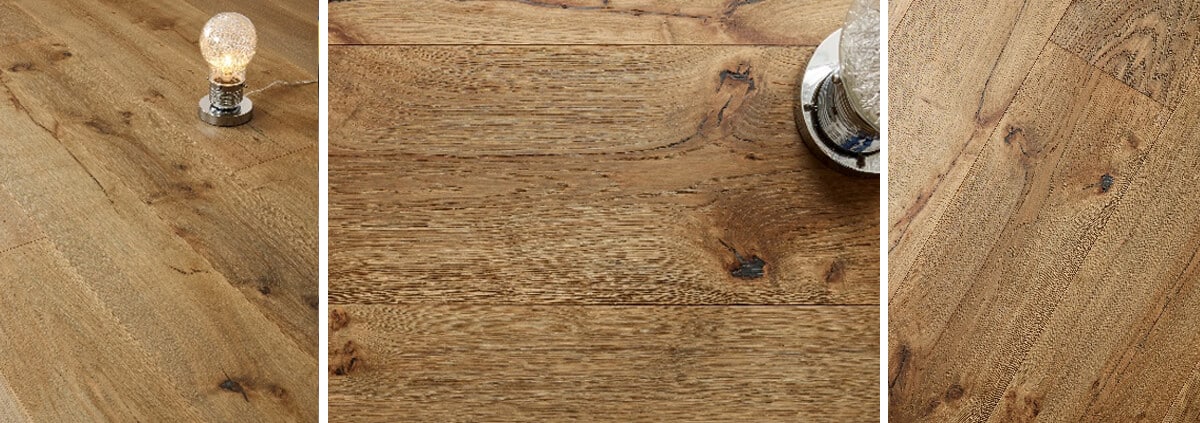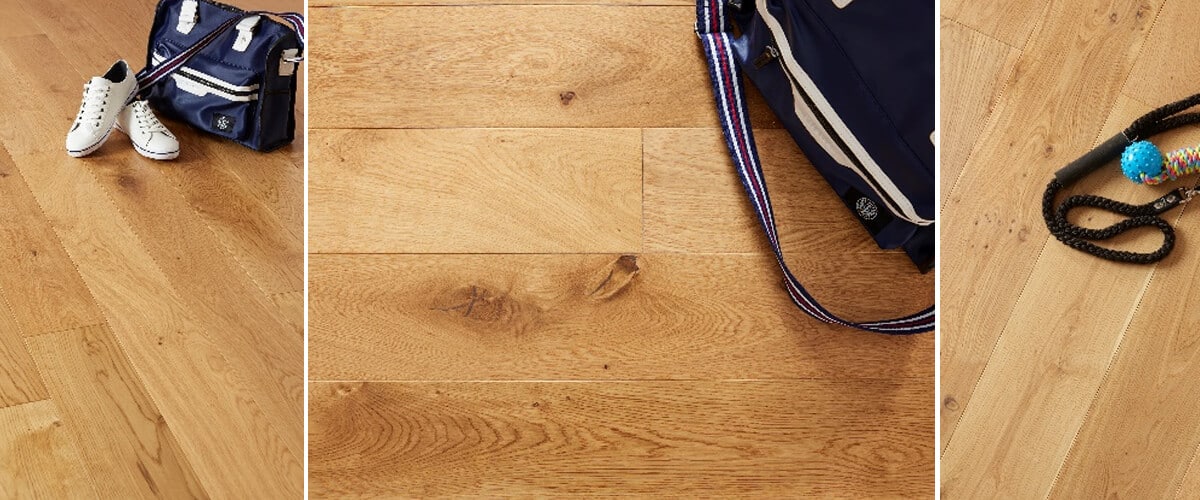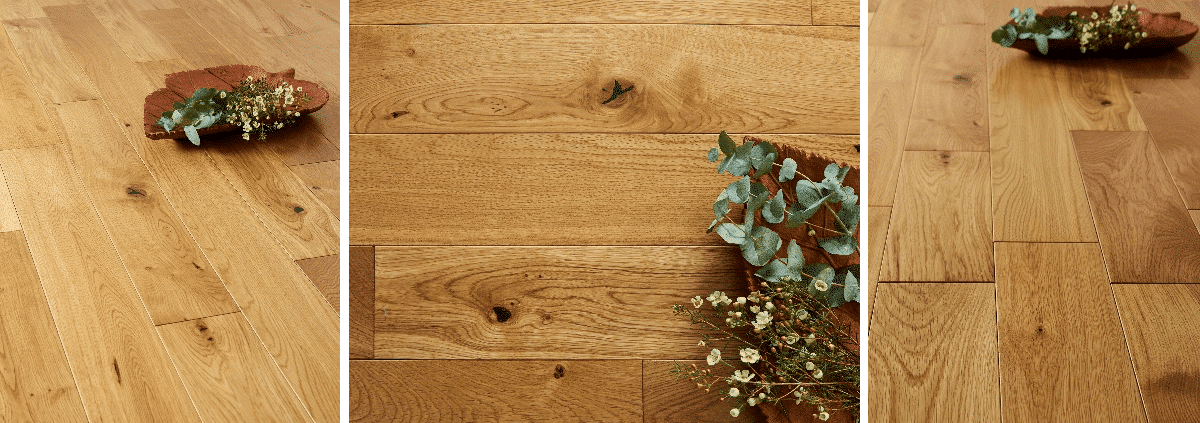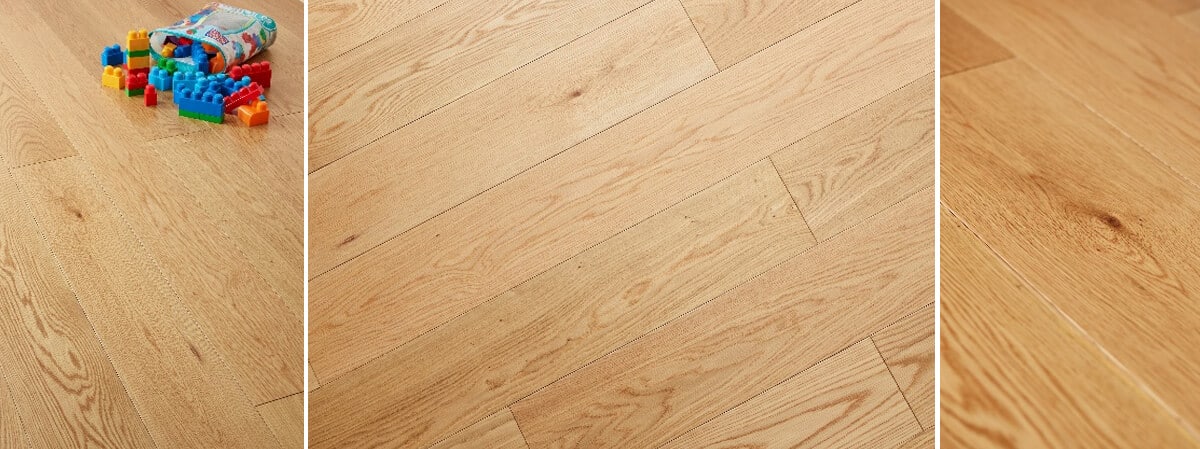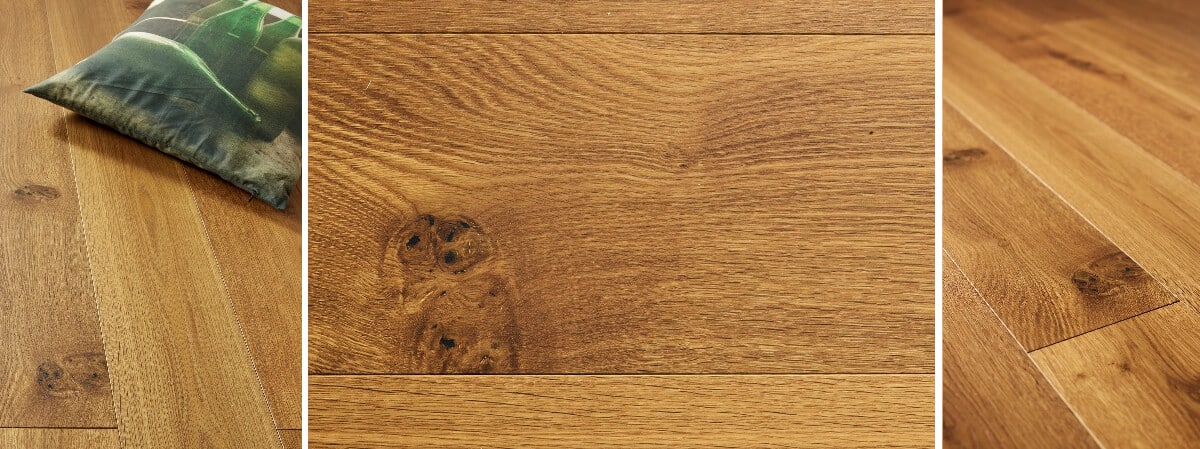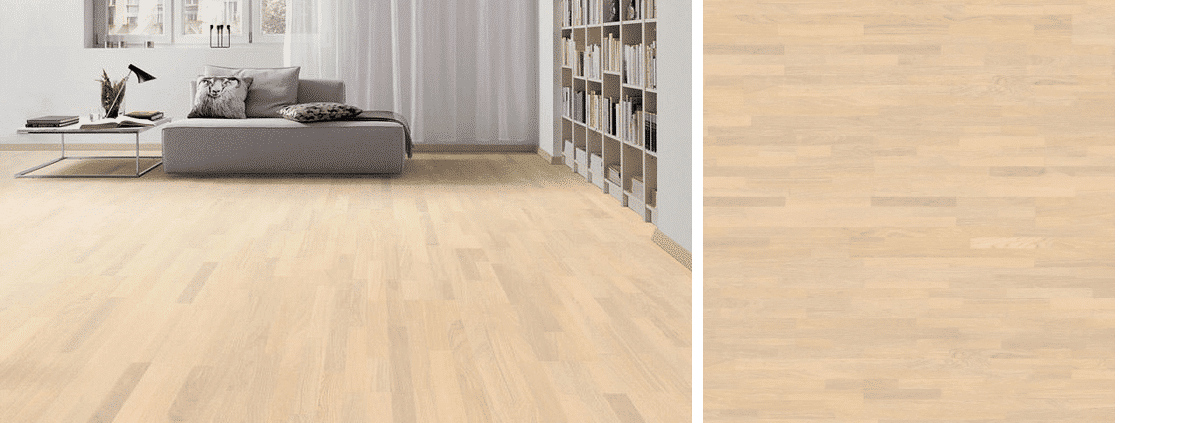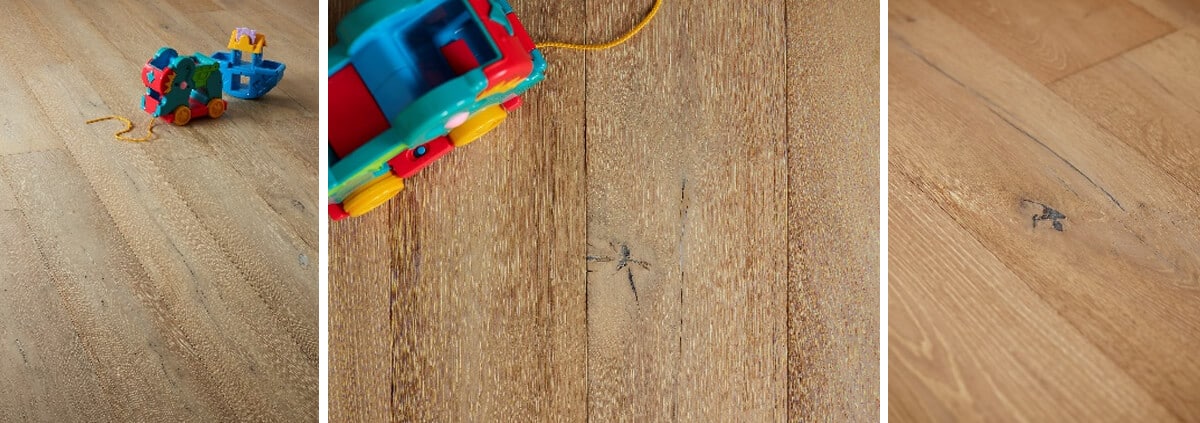Staining Floors Without Sanding Made Easy - 7 Expert Tips
Staining Floors Without Sanding: Your Complete Guide
Many homeowners want to refresh their wooden floors without the cost or hassle of sanding. Staining floors without sanding is a practical and affordable solution that can dramatically improve your home’s look—especially when handled by professionals like Nationwide Hardwood Flooring Company. Whether your floors have minor wear or you want a new colour tone, modern staining techniques allow for stunning results without stripping the surface layer completely. For those considering new installations, explore our range of multi-ply flooring options available for London homes.
In this guide, we’ll show you everything you need to know about staining floors without sanding—when it’s suitable, the essential materials, step-by-step instructions, and local expert recommendations for London and surrounding areas. You’ll find insights directly from our experienced installers who specialise in engineered hardwood flooring, parquet, and multi-ply finishes.
Why Consider Staining Floors Without Sanding?
Traditional floor refinishing involves sanding that requires heavy machinery, time, and plenty of cleanup. However, not every home or flooring type can withstand repeated sanding—thin engineered floors can be easily damaged. Staining floors without sanding preserves your flooring and reduces disruption. Consider our herringbone multi-ply options for engineered timber that benefit from these techniques.
- Preserves existing hardwood layers on thin or engineered timber floors
- Less mess and faster than full restoration
- Cost-effective, with fewer materials and less labour required
- Suitable for faded finishes, light scratches, or dull coatings
Whether you live near Richmond Park or a townhouse in Kensington, staining floors without sanding helps maintain your floor’s warmth and charm while fitting a modest renovation budget.
Understanding the Process of Staining Floors Without Sanding
Preparation is essential—this method replaces aggressive sanding with deep cleaning and light surface etching. This allows the new stain colour to bond effectively. For technical advice on preparation and refinishing, review floor care best practices from New York State’s Office of General Services.
Step 1: Clean Thoroughly
Start by vacuuming and mopping to remove dust, grease, and debris. Use a hardwood-specific cleaner that leaves no residue—consult our Loch Sheil multi-ply flooring maintenance guide for recommended cleaning products.
Step 2: Light Scuff or Chemical Etching
Roughen the topcoat with a fine-grit buffer or apply a liquid chemical etcher. For more on alternatives to sanding, visit Trade Flooring UK’s guide to screening and deglossing methods.
Step 3: Selecting the Right Stain
Choose products compatible with your floor’s finish. Water-based stains offer eco-friendly benefits and reduced VOCs, while oil-based stains penetrate deeper. See Organic Natural Paint’s selection of non-toxic, natural stains for healthy indoor air quality. For unique finishes like black walnut multi-ply flooring, match stain tones carefully. Always test first in a hidden spot.
Step 4: Application Process
Apply stain evenly with a microfiber pad or lint-free rag, working in small sections. For expert methods, see Mr Sander’s guide to using gel stains for non-sanded floors.
Step 5: Top Coat or Sealer
Finish with a polyurethane or waterborne sealant to add shine, durability, and protection—tailor your choice based on floor type and preferred sheen.
When Is Staining Floors Without Sanding Appropriate?
This process works best for floors with sound structure and only surface-level damage. Deep gouges or uneven areas may still require sanding or expert repair. For inspiration and great results, view our flooring showcase.
- Minor scratches, fading, and dullness treated with non-sanding stains
- Waxed floors need old wax removed before staining
- Polyurethane-sealed floors work well after chemical etching
- Engineered and laminate floors benefit from non-sanding due to their thin wear layer
For advice on restoring faded wood floors without sanding, refer to Ryan’s Restoration for alternative refinishing methods.
Essential Tools and Materials
Quality tools help ensure a uniform, professional finish. Our team at Nationwide Hardwood Flooring Company recommends:
- Microfiber pads and cloths
- Floor etching solution or sanding screen (120-180 grit)
- Hardwood floor cleaner
- Stain colour (water-based or oil-based)
- Topcoat sealer
- Painter’s tape and protective sheets
Find more on eco-friendly and non-toxic stain materials at ECOS Paints and Organic Natural Paint’s FAQ for healthy finishing choices.
Top Benefits of Staining Floors Without Sanding
- Rapid turnaround for busy spaces like offices, retail, or hotels
- Eco-friendly and sustainability benefits—less material, less dust. Discover green finish choices at Hardwood Info
- Up to 40% lower cost than traditional refinishing
- Versatility for oak, walnut, maple, and engineered wood installations
Popular Wood Stain Colours in London Homes
London style trends favour natural hues and matte finishes. Our most requested include:
- Classic oak—timeless British style
- Grey wash—modern neutral for minimalist interiors
- Antique walnut—rich, traditional tones
- White oak—suits loft-style East London apartments
Specialists tailor stain colours to your décor, ensuring the outcome fits your furniture, lighting, and London’s architectural styles. See how different stains complement flooring in our Eastbury multi-ply range.
Professional Help: Why Use Nationwide Hardwood Flooring Company
DIY approaches work for minor jobs, but for lasting smooth results, trust Nationwide Hardwood Flooring Company. With over a decade’s experience, we refine engineered hardwood, oak, and parquet with advanced, non-sanding techniques. For a closer look at our process, browse our project showcase.
Our London-based team offers:
- Affordable rates for domestic and commercial clients
- Expert colour and style guidance
- Eco-friendly, low-VOC products
- On-site consultations and quotes
Contact us at 07940 528 315 or enquiries@nhfcompany.co.uk, or via our contact form, for free advice and quotes.
Common Mistakes to Avoid When Staining Floors Without Sanding
- Skipping surface preparation—oil and dirt repel stain
- Applying stain too thickly—causes blotches and uneven drying
- Choosing an unsuitable topcoat—ensure compatibility with your floor type
- Ignoring curing time—premature use risks dull finishes and footprints
For guidance on perfect finishes, see our article on wooden floor installation and care.
Maintenance Tips After Staining Floors Without Sanding
Protective habits will extend floor lifespan and appearance:
- Immediately wipe spills to prevent moisture damage
- Use felt pads under furniture
- Vacuum regularly with a soft-brush attachment
- Clean only with pH-neutral floor cleaners. For general cleaning best practices, see New York’s Green Cleaning Best Practices
Staining Floors Without Sanding for Commercial Spaces in London
Retail and office spaces in Soho, Canary Wharf, and Shoreditch rely on quick-turnaround flooring maintenance. Staining floors without sanding allows businesses to resume faster, saving time and money. Our commercial division revitalizes floors in showrooms and boutiques with this method. For product options for heavy-use spaces, see our Barn multi-ply flooring solutions.
For commercial case studies and retail tips, review our clients.
Local Insight: Flooring Trends Across London Boroughs
- North London: Contemporary light oak for semi-detached homes
- East London: Grey-stained engineered floors in industrial lofts
- South London: Dark walnut for Clapham warmth
- West London: Satin coats in Chelsea and Kensington residences
We customise solutions to local styles and trends. Discover stylish finishes in our Burghley multi-ply and Chatsworth multi-ply flooring collections.
Eco-Friendly Considerations
Our process for staining floors without sanding focuses on sustainability. Preserving wood layers means less waste, and low-VOC stains and finishes maintain clean indoor air. For more on sustainable options, visit Organic Natural Paint and ECOS Paints. This is ideal for eco-conscious households and businesses—see our Timbertop engineered flooring for sustainably sourced options.
DIY vs Professional Services
DIY staining can work in small rooms, but professionals ensure seamless blending, lasting results, and proper surface protection. Schedule a consultation with Nationwide Hardwood Flooring Company for tailored guidance before starting your project.
Expected Costs and Timeframe
Staining floors without sanding offers significant savings. Costs average £8–£12 per square metre, with completion typically in 1–2 days for homes. For large rooms, explore our multi-ply solutions that enhance both value and beauty.
How Long Does the Finish Last?
Maintained correctly, your refreshed floor lasts up to five years. Applying an extra topcoat every few years extends this lifespan. Learn about durability from our flooring experts.
Combining Staining Without Sanding With Minor Repairs
Before staining, professionals repair dents and scratches with blending putty or touch-up pens to prevent imperfections from showing through lighter stains. In historic homes throughout Islington and Hampstead, these repairs help preserve charm. Match repair needs to our solid herringbone flooring options for vintage appeal. For wood floor repair tips and easy fixes, check Mr Sander’s Top 10 Tips for Wood Floor Repair.
Safety Precautions
Ventilate your workspace and wear gloves during application. Always follow manufacturer safety instructions and never mix incompatible products. For further floor renovation safety tips, visit Organic Natural Paint’s safety FAQ and consult our blog.
Frequently Asked Questions (FAQs)
Can all floors be stained without sanding?
Most solid and engineered hardwood floors can; however, surfaces with deep damage may need light sanding. Consider Achray multi-ply for resilient applications.
How long does it take to dry?
Stains typically dry in 3–6 hours, with sealants needing a full 24 hours to cure. For step-by-step refinishing timelines, view Trade Flooring UK’s guide and Mr Sander’s tutorial.
Will the new stain colour match my furniture?
Yes, professionals can blend stains to coordinate floor tone with walls, lighting, and furniture. For ideas, check our Rannoch multi-ply finish gallery.
Can I walk on the floor after staining?
Light foot traffic is usually safe after 24 hours; wait 48 hours before full use for best durability. Find further care guidelines in our Benton multi-ply flooring section.
Contact Nationwide Hardwood Flooring Company
Ready to transform your floors? Contact our specialists at Nationwide Hardwood Flooring Company. We operate across London, Essex, and nearby boroughs, providing expert solutions for staining floors without sanding. Plan your next project with us via online contact form, phone, or email.
- Phone: 07940 528 315
- Email: enquiries@nhfcompany.co.uk
Whether you have oak, engineered, parquet, or solid hardwood, our proven methods give a professional, uniform finish, without the time, dust, or noise of full resurfacing. Explore more at our flooring blog and Loch Tummel multi-ply page for project inspiration.
Final Thoughts
Staining floors without sanding delivers beauty, convenience, and sustainability for London’s residents and businesses. Place your trust in Nationwide Hardwood Flooring Company—expert craftsmanship, modern materials, and attention to detail so your floors reflect true elegance and character. Ready to start? Contact us today to discuss your staining project and receive a free consultation with our flooring specialists.



